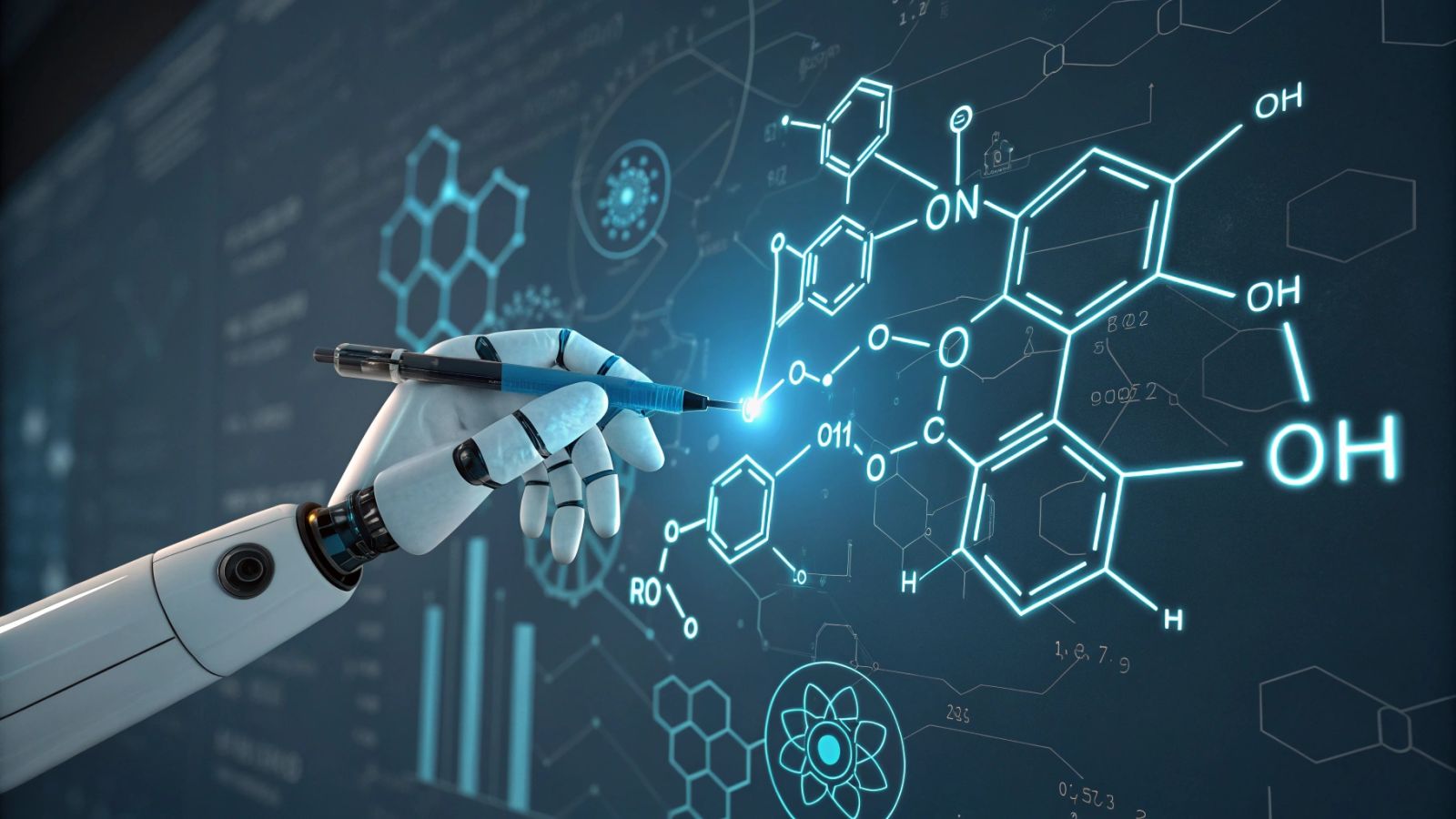Introduction
AI-designed antibiotics are a new route to drug creation: researchers at MIT used generative models to design novel molecules active against resistant infections such as MRSA and gonorrhoea. This piece explains why the approach matters, how it works at a high level, and what practical limits and opportunities it presents for public health.
Context
Antibiotic resistance is a growing global problem: the provided text cites about 5 million deaths yearly linked to resistant infections. Traditional discovery methods are slow and costly; the MIT work demonstrates a paradigm shift where algorithms scan vast chemical spaces—over 36 million compounds mentioned—to propose truly new molecular structures rather than minor variations of existing drugs.
AI-designed antibiotics: how it works
Generative AI leverages deep learning trained on chemical and biological datasets to propose candidate molecules. In MIT's case, the system evaluated millions of combinations to find promising hits against resistant bacteria. Key steps include structure generation, in-silico prediction of properties, and prioritization of compounds to synthesize and test experimentally.
The Problem / Challenge
Despite promise, challenges remain: synthesising algorithm-generated molecules can be difficult, biological validation requires in vitro and in vivo testing, and regulatory approval is required before clinical use. Lab activity does not guarantee clinical success, and safety concerns must be addressed.
Solution / Approach
MIT's approach pairs generative AI with experimental screening: algorithms generate candidates, chemists synthesise the top proposals, and biologists evaluate activity against MRSA, gonorrhoea and other pathogens. This pipeline can shorten timelines and costs versus traditional discovery and may produce entirely new drug classes to combat superbugs.
Practical benefits
- Faster discovery timelines
- Exploration of extremely large chemical spaces (millions of compounds)
- Ability to generate molecules unrelated to existing antibiotics
Limitations and risks
- Need for chemical synthesis and experimental validation
- Uncertain translation from lab results to clinical effectiveness
- Regulatory and safety hurdles to resolve
Conclusion
MIT's study highlights the potential of AI-designed antibiotics to change how we tackle antibiotic resistance. While moving from algorithmic design to bedside treatment requires extensive validation, the approach opens a promising path to new therapies against MRSA, gonorrhoea and other resistant pathogens.
FAQ
Frequently asked questions about MIT's AI-designed antibiotics research
- How do I assess the activity of AI-designed antibiotics in the lab? Standard in vitro assays against target bacterial strains followed by in vivo studies when appropriate; metrics include MIC and bacterial load reduction.
- What limitations exist for AI-designed antibiotics before clinical trials? Challenges include chemical synthesis feasibility, safety profiling, and the need for preclinical and regulatory studies.
- How did MIT explore chemical space for new antibiotics? The text reports evaluation of over 36 million compounds using generative models to shortlist the most promising candidates.
- Can AI-designed antibiotics replace redesign of existing drugs? The goal is to create wholly new molecules rather than analogues, but experimental validation is required to confirm therapeutic value.
